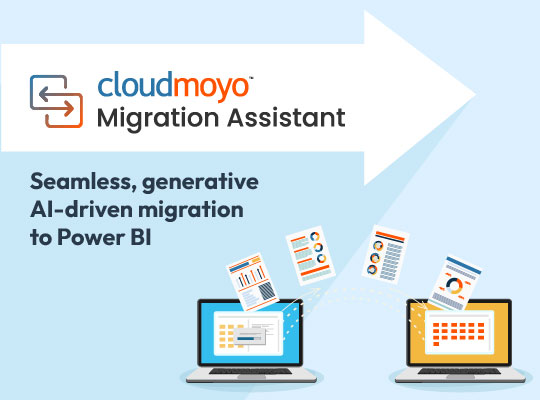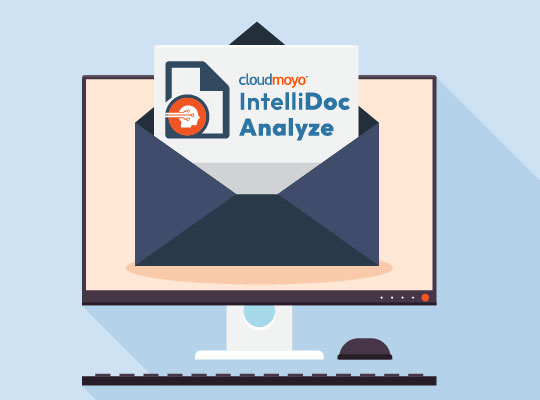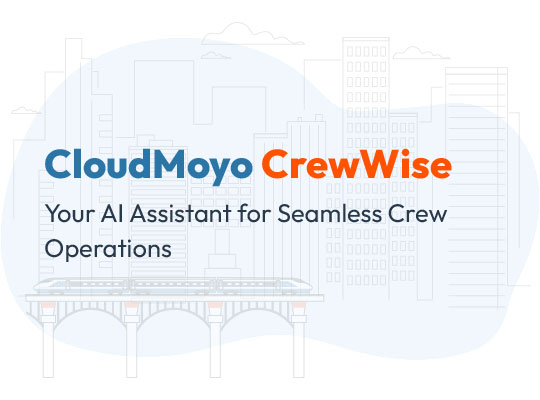We live in a world of change, disruption, and growth. The healthcare sector is at a cross-roads of rapid digital innovation, from recordkeeping becoming electronic to the rise of telemedicine, to the development of patient-facing applications to personalize and enhance the patient experience. The need for digital infrastructure to connect, collaborate, and improve has led to an adoption of low-code applications and tools within healthcare. One-size-fits-all applications cannot meet the needs for the various branches of healthcare. Development cycles need to become accelerated to meet the needs of patients and healthcare professionals in real-time.
Low-code platforms like Microsoft Power Platform offer quick and efficient deployment of unique, purpose-built applications using less code than a standard application and being more design-friendly. Patients and healthcare workers can all use these low-code apps and tools to improve quality of care and enhance patient engagement. In this blog post, we’ll assess the unique challenges that are increasing the potential benefits of low-code in the healthcare sector, and explain how low-code adoption is driving digital transformation.
The emergence of low-code applications
Organizations looking to equip their software developers with tools that will improve efficiency and agility are paying attention to low-code platforms. It’s hoped that these platforms will aid in the development of engineering teams’ skill sets while also increasing their capabilities. Some of the common application development challenges that low-code platforms solve for include:
- Due to large amounts of time and resources are dedicated to maintaining legacy systems and applications, businesses lack the resources to develop new, custom applications as the need arises
- IT departments are faced with an ever-growing backlog as a result of their inability to meet internal demands for customization and features
- Organizations are looking for ways to address the software developer shortage, and more emphasis is being placed on improving learning and development strategies to keep engineering teams’ skillsets adaptable. These strategies have limitations, however, because the capacity required to build applications is still low
For any business, the main benefits of adopting a low-code development platform are:
- Speed of development
The ability to deliver new software and applications quickly is the most important benefit of low-code development. Low-code platforms make app development more efficient and cost-effective, allowing businesses to meet their ever-changing goals. Low-coding app development has also been shown to reduce overall development time by about 90%, according to 451 Research.
- Increased agility
Businesses can adapt and respond to market changes and new opportunities by implementing innovative, digital solutions to solve business problems. Low-code enables businesses to quickly adapt to new digital initiatives prompted by market shifts and changing consumer and customer demands. You can now deliver applications across a wider range of platforms, allowing your customers to interact with your company in a variety of ways. Low-code also enables you to use technology such as microservices and containers, which are commonly associated with agility.
- Multi-experience enabled
Customers can transition between different forms of engagement and interaction without having to relearn or duplicate steps, thanks to multi-experience development’s pre-built templates, automated refactoring, simple chatbots, and other features. Low-code simplifies the process and removes the complexity of providing the best possible experience to every customer or user.
- Innovation for all
Low-code enables junior developers and tech enthusiasts without a strong background to build apps as if they were full-stack developers due to its speed and development simplicity. It also allows skilled developers to work more efficiently, allowing them to concentrate on more complex and less mundane aspects of programming. This allows businesses of all sizes to make the most of their existing resources while also delivering the solutions they need to stay competitive.
Microsoft low-code development platform: The Power Platform
Businesses are extremely reliant on data in this digital age, and the amount of data created by businesses is increasing day by day. While all of this data is unavoidable, it’s useless unless companies can extract insights and meaning from it to generate tangible value. IT and development teams used to be the owners of data analysis, app development, and automation. Non-technical employees would outline needs and goals and submit requests to IT departments to approve and built the required application or workflow. This would take time and valuable resources to complete internally, or could be costly if built externally.
This is one the reasons why the Power Platform is so intriguing. Data democratization—the ability for digital information to be accessible to the average (non-technical) end-user—is enabled by the Power Platform. While this platform doesn’t remove the need for IT ownership of app development, it does make it possible for business IT as well as central IT to be engaged in building very customized, LOB-related applications and automated flows within a reduced timespan, under IT governance and organizational architectural design.
The Power Platform features 4 tools to enable low-code functionalities for businesses:
- Power Apps
With a quick and cost-effective approach, you can create custom, low-code apps for specific roles and tasks for a variety of devices (including iOS and Android) and operating systems. Integrations with Teams, Dynamics 365, SharePoint Online, and other sources make it simple to synchronize data between apps.
- Power BI
Power BI is a business analytics tool that uses customized dashboards and interactive reports to help you make better decisions faster. It converts data into interactive visuals that can be shared with others throughout the company. With Power BI, you can get a single view of your data insights on-premises and in the cloud.
- Power Automate
Power Automate is a Robotic Process Automation (RPA) tool that allows you to create online workflows and automate business processes, eliminating the need for manual labor. Power Automate connects to over 200 platforms and allows you to automate actions and integrate data from on-premises and cloud systems.
- Power Virtual Agents
Power Virtual Agents uses intelligent chatbots to help you respond to customer needs quickly and efficiently. You can build sophisticated bots that provide a personalized solution for users to discern information, provide automated answers to questions, reduce application manpower, and provide text-driven support. You can determine user intent using Natural Language Processing (NLP) and get recommendations for a personalized user experience.
Application development in healthcare: Benefits of low-code
Over the last decade, the number of people of all ages who use smartphones to connect, communicate, find information, and solve problems has increased dramatically. People are also more informed about issues that directly affect them and are more health-conscious than they have ever been. There are a variety of users for any given application, each with its own set of interfaces and data outputs.
Healthcare organizations require app development skills that enable them to create applications with components that can be reused across multiple applications. Many healthcare organizations will have a good internal development team, but the problem is that they are likely time-constrained, as they are dealing with other big-picture issues that consume their immediate time. Traditional coding in app development takes a lot of time and effort, and healthcare is simply too busy to meet these demands. As always, there is the complexity of maintaining HIPAA compliance in managing customer data.
Low-code is the solution to these problems. Low-code application platforms allow for much faster application development than traditional coding methods, cuts setup and training time in half, and doesn’t require users to have extensive coding knowledge to use them. They can develop applications that are both secure and compliant with HIPAA. Caregivers and patients can use apps within a shortened time, and care delivery can be improved.
Data from all solutions can be easily exchanged when they are hosted on a single low-code platform. Low code platforms can help the healthcare industry streamline processes, improve performance, and improve the quality of care provided in a variety of ways.
Here are a few examples of how low-code benefits healthcare:
- With the help of a low-code platform and solution integrations, team members can report incidents and events, manage the life cycle of events, and perform peer and mortality reviews.
- Low-code platforms can be used to create tools to support clinical rounding. Doctors and nurses can conduct more efficient, purposeful rounds, and submit reports with the click of a button by using a digital rounding checklist
- Apps built on low-code platforms can help in tracking employee health activities and records.
- Low-code apps can be leveraged by clinics to provide seamless booking experiences for patients. Intuitive web interfaces make booking appointments and consultations, view past appointments, canceling appointments, or registering patients easy and streamlined.
- Pharmaceutical reps can use CRM apps built on Power Platform to track services and personalize relationships with, doctors, which are their main customers. This app can be used to plan and track visits, generate compliance reports, or analyze other KPIs through analysis charts and dashboards.
Conclusion
With rapid application development comes rapid innovation. It’s no surprise that low-code and no-code platforms are provide a leading edge when it comes to driving digital transformation at an accelerated pace. This is driven largely through increased time and cost efficiencies resulting from decreased development cycles and automated workflow creation.
Ready to take the next step in your digital transformation journey? Business leaders today are rethinking application development to drive resilient digitalization. In our recent whitepaper, we take a look at how disruptors like the COVID-19 pandemic have accentuated the need for rapid, custom application development. You’ll get insights and practical knowledge into how low-code platforms like Microsoft Power Platform are meeting the unique needs of enterprises from a technical and business perspective.



















